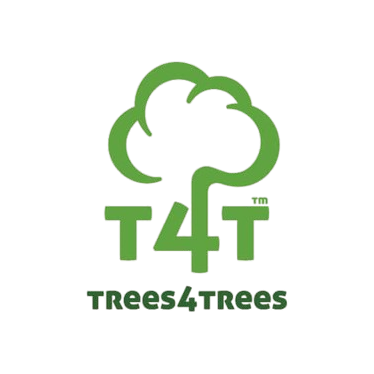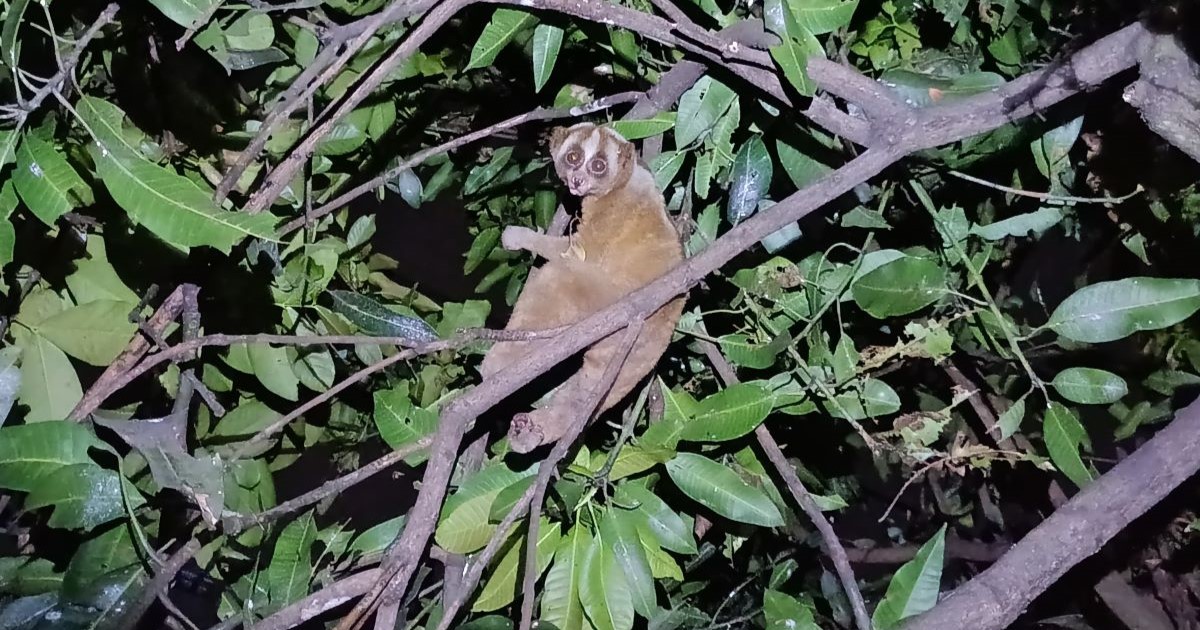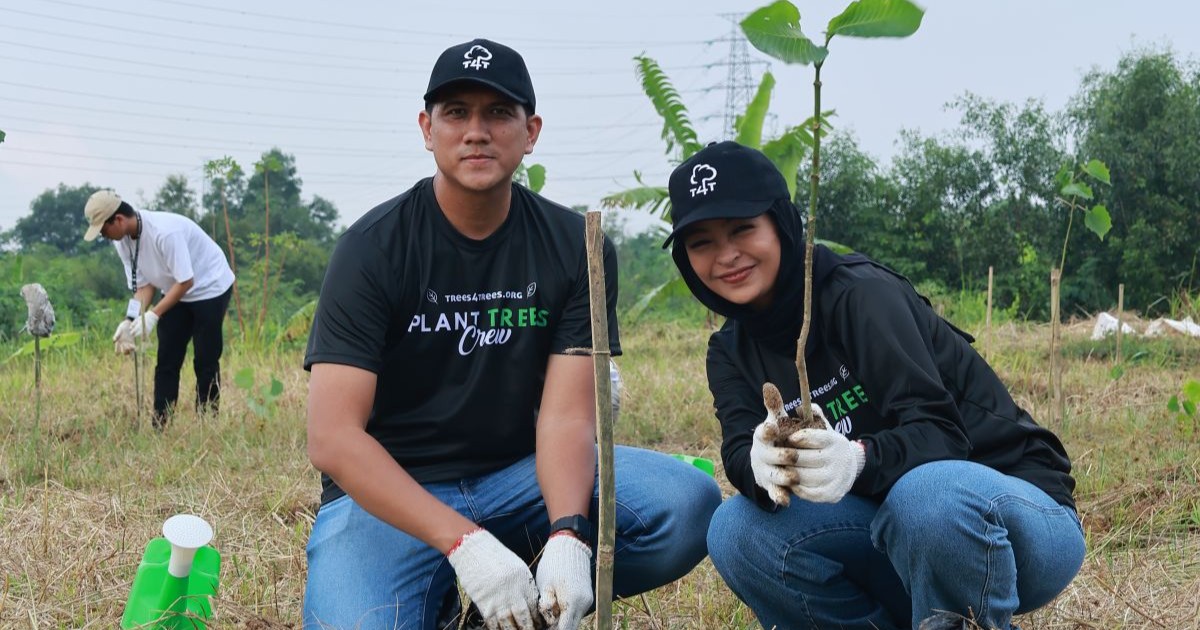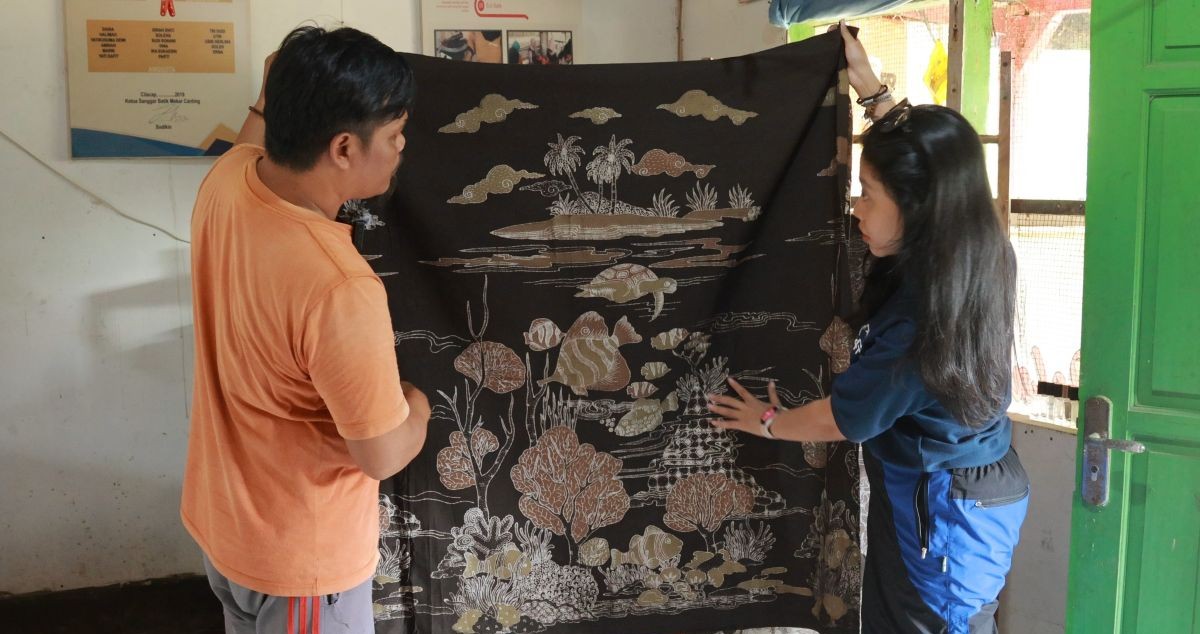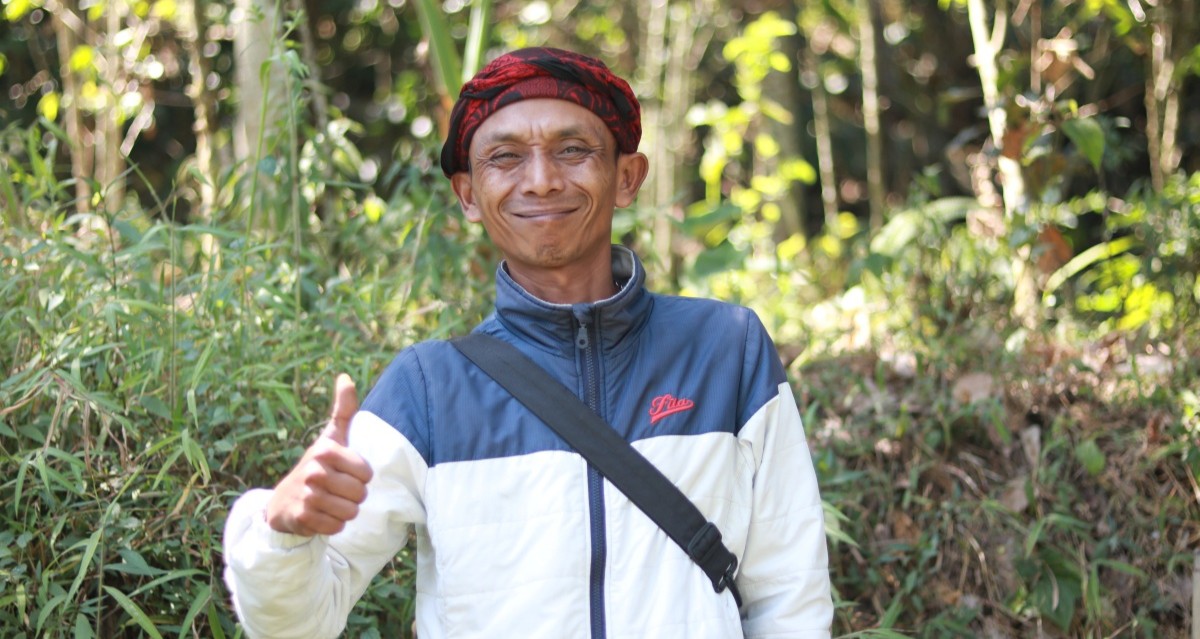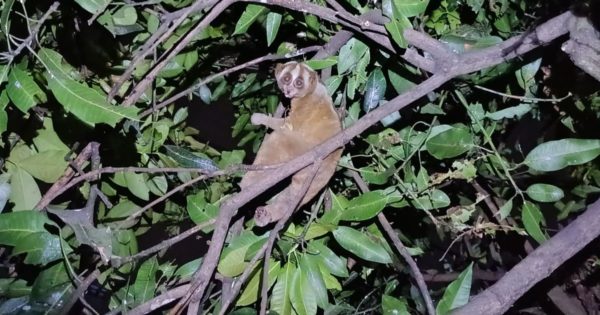
The Citarum River Basin in West Java, one of Trees4Trees’ tree-planting sites, encompasses diverse ecosystems ranging from mountainous regions to coastal areas, supporting a rich tapestry of flora and fauna. While the river shelters numerous fish species, the Citarum River Basin is a home to a wide variety of animals as well as an array of trees and flowering plants, some of which are endemic and iconic to West Java.
Unfortunately, some of these species are listed as endangered and need our contribution to preserve them. Here are some of the iconic flora and fauna that contribute to the biodiversity of the Citarum River Basin.
Animals
The Citarum River shelters over 20 fish species and is home to a wide variety of animals. Birds are the most abundant, with over 300 species residing in the forested areas of the basin. Additionally, the ecosystem also provides habitat for amphibians, reptiles, mammals, and insects.
Javan hawk-eagle (Elang Jawa)
The Javan hawk-eagle is a medium-sized raptor bird with dark brown feathers and a magnificent crest on its head. It holds the distinction of being Indonesia’s national bird and is the emblematic symbol of Garuda Pancasila. Commonly referred to as Garuda, reminiscent of the bird-like creature in Hindu and Buddhist mythology, this species is one of the rarest raptors and is classified as endangered. The Javan hawk-eagle prefers habitats with rasamala trees and primarily feeds on rats.
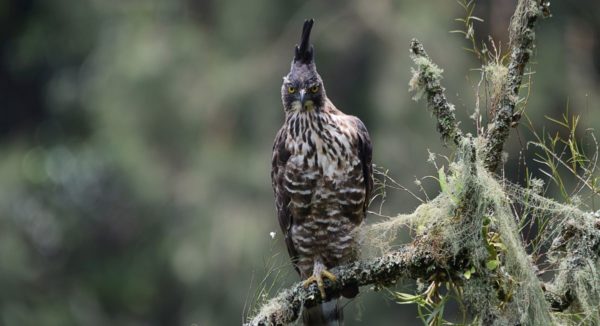
Black-crowned night heron
This nocturnal bird is characterized by its black bluish head, resembling a crown. Its diet includes fish, frogs, water insects, small snakes, and rats, which reside in river streams, ponds, rice fields, and swamps. These birds commonly live alongside the Javan pond heron (blekok sawah) and cattle egret (kuntul kerbau), which also inhabit the Citarum Basin. Unfortunately, the species is now rarely found, and their existence cannot be traced due to habitat loss caused by the devastation surrounding the Citarum Basin.
Sunda pangolin (Trenggiling)
This mammal has distinctive keratin scales covering its skin, resembling armor. Its diet consists of insects, particularly ants and termites, and it lives in hollow trees or burrows, relying on tree cover for its habitat. The Sunda pangolin is currently classified as critically endangered due to facing dual threats: habitat loss and being highly hunted and eaten.
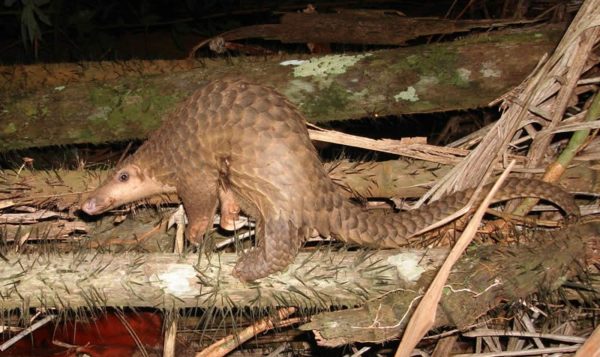
Sunda slow loris
This mammal, the Sunda slow loris, is a protected primate listed as vulnerable by the IUCN. Its existence in the wild is primarily threatened by habitat loss and hunting for the pet trade. The species has a slow reproductive rate and prefers forests with high, dense canopies, such as rainforests, bamboo groves, and mangrove forests. As climbers, they are highly dependent on trees for their behavior and survival.

Javan gibbon
The silvery gibbon, or Javan gibbon, is a native primate to the island of Java, Indonesia. This species prefers to inhabit undisturbed rainforests at altitudes of up to 2,450 meters. It is listed as an endangered species. Habitat destruction on densely populated Java, including the Citarum Basin, continues to reduce the natural range of this species. Many gibbons are also lost to the illegal pet trade.
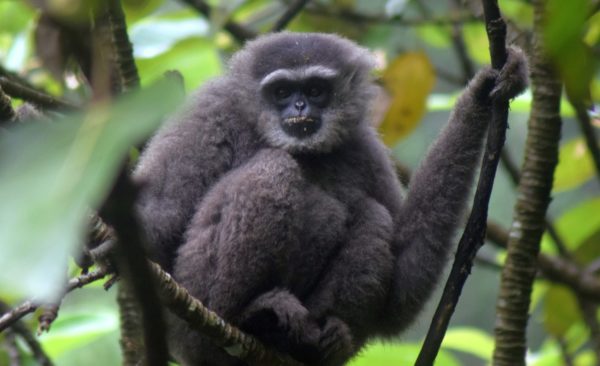
Continue to read the article on: 10 Iconic Flora & Fauna of the Citarum River Basin: A Showcase of Biodiversity (Part 2)
